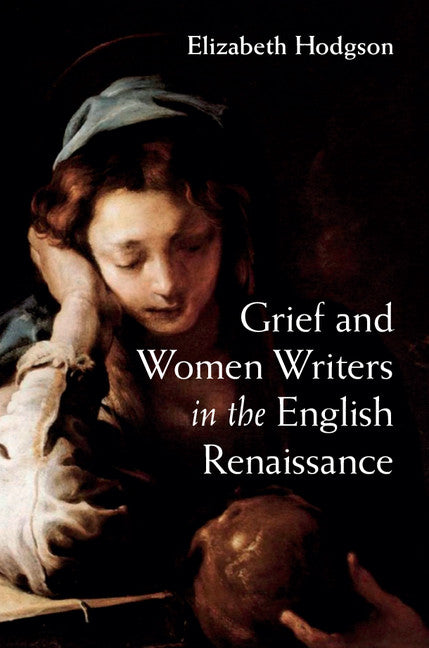Freshly Printed - allow 6 days lead
Couldn't load pickup availability
Grief and Women Writers in the English Renaissance
This book examines the way in which early modern women writers conceived of grief and the relationship between the dead and the living.
Elizabeth Hodgson (Author)
9781107079984, Cambridge University Press
Hardback, published 20 November 2014
206 pages, 3 b/w illus.
23.5 x 15.8 x 1.7 cm, 0.43 kg
'… notable for the sensitivity of its close readings …' Scott Wayland, Notes and Queries
Grief and Women Writers in the English Renaissance anatomizes the era's powerful but troubling links between the forgettable dead and the living mourners who are implicated in the same oblivion. Four major women writers from 1570 to 1670 construct these difficult bonds between the spectral dead and the liminal mourner. Mary Sidney Herbert, Countess of Pembroke, reinvents the controversial substitutions of aristocratic funerals. New Protestant ideologies of the sainted dead connect devotional mourning and patronage in Aemelia Lanyer's writing. Mary Wroth's verse enacts a uniquely exalted, imaginative melancholy in which Jacobean subjects dissolve into their mourning artifacts. Among the precarious political mourners of the later half of the period, Katherine Philips's lyric verse plays the shell game of private grief. Forgetting, being forgotten, and being dead are risks that the dead and the living ironically share in these central texts by the English Renaissance's most illustrious women writers.
1. Inheriting loss: Mary Sidney Herbert, Countess of Pembroke
2. The golden chain: Aemelia Lanyer
3. 'This testament of me': Mary Wroth's melancholic sonnets
4. 'In every breast her monument': Katherine Philips.
Subject Areas: Gender studies: women [JFSJ1], Literary studies: c 1500 to c 1800 [DSBD]


